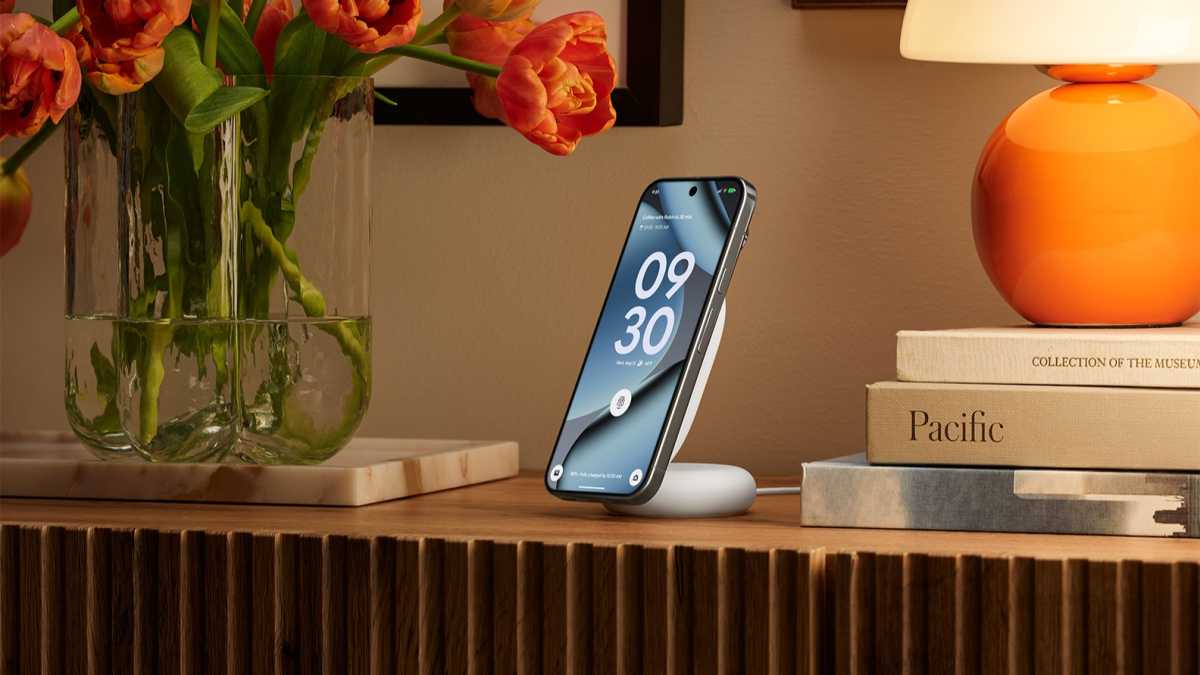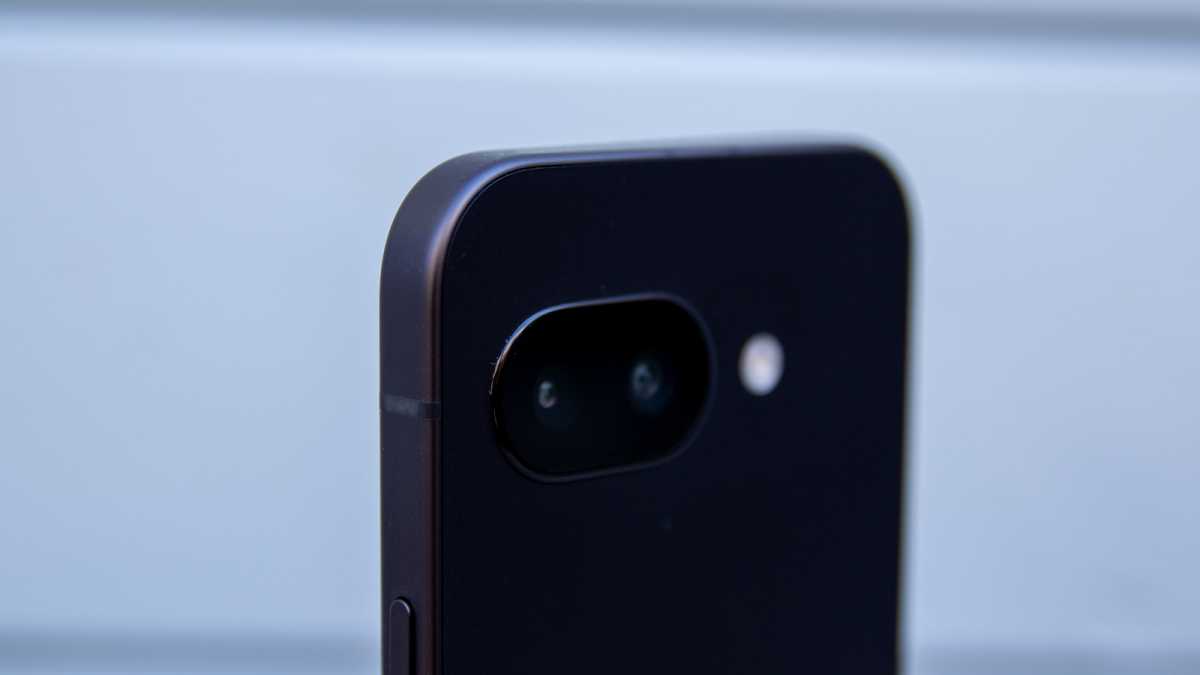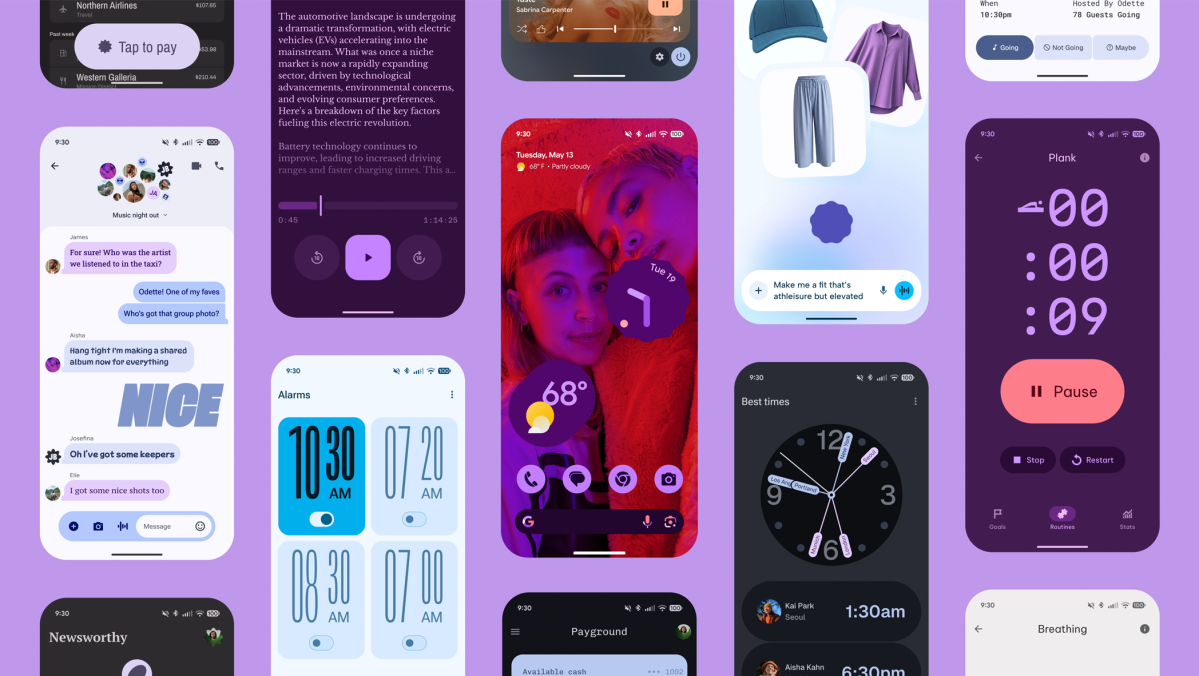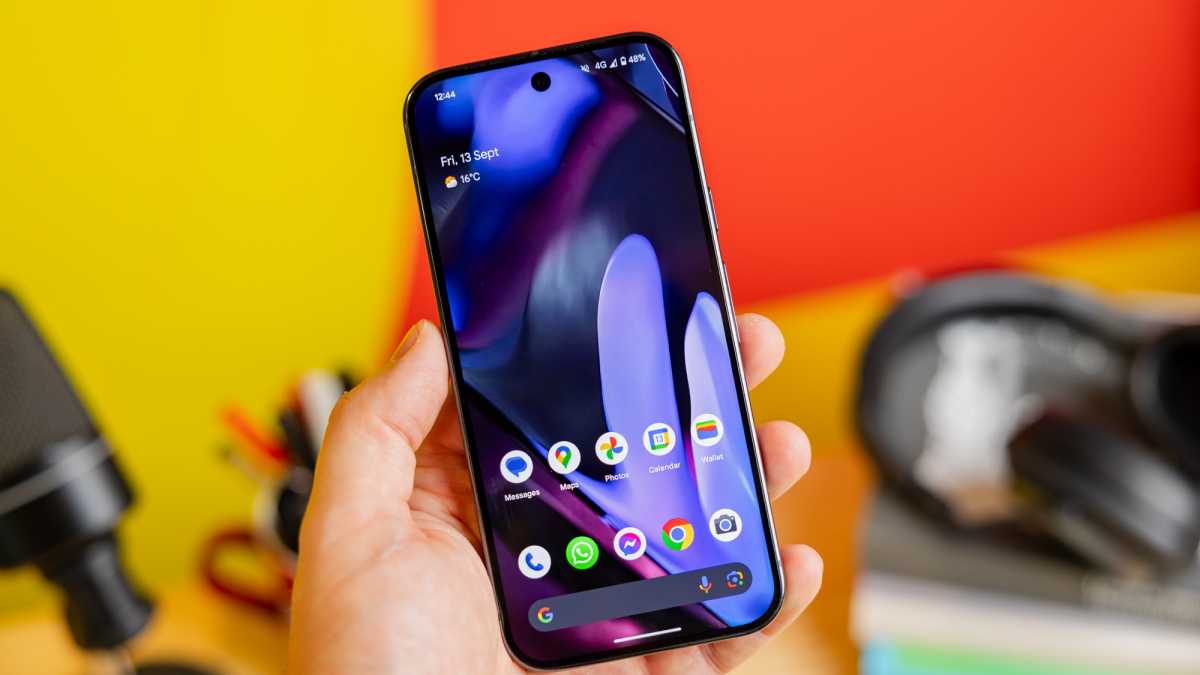The Pixel is all grown up.
Nine years and 10 generations in, Google’s smartphones are well-established and impressively accomplished.
And I don’t have to test the new Pixel 10 series to know that they’re the finest handsets the company has ever made. Battery capacities, charging speeds and cameras have been upgraded across the board, not to mention the all-important built-in Qi2.
In fact, I think all of this amounts to a bigger step for the company, making it the default Android flagship maker. Samsung might be more popular, but Google has some tricks up its sleeve that no other brands can match.
If you’re based in Europe or North America and are looking for a new Android flagship, here’s why Pixel phones should be your first port of call.
Leading the way on wireless charging
There’s only one place to start. The Pixel 10’s biggest upgrade is to something you might not have considered when buying a phone – wireless charging.
Adding built-in Qi2 support might not sound like much, but it could have a significant knock-on effect for the future of smartphones. After the HMD Skyline became the first Qi2 Android phone last year, Google added the tech to flagships for the first time – all four Pixel 10 phones, to be exact.
Why is this such a big deal? There are three reasons.
Firstly, it increases wireless charging speeds from 15W to 25W (on the Pro phones), putting it in line with wired speeds on handsets such as the Galaxy S25.

Then, the ring of magnets makes it very easy to lock the charging puck into place with a secure fit, just like Apple’s MagSafe.
And finally, a whole new ecosystem of magnetic accessories is emerging. Google has already launched a charger (with or without stand), ring stand and compatible cases, but that looks set to be just the beginning.
Other Android flagships are likely to get on board with Qi2 soon, but Google has a head start.
The best cameras for most people
Of course, everyone wants a phone that can take great photos, and they’re not hard to find these days. But a truly great camera phone is something altogether different.
I believe the difference lies in consistency. On some phones, one photo is brilliant but the next is inexplicably poor. On others, photos are excellent when there’s good natural lighting, but very disappointing in low light.
If you have photography expertise, these issues can be mitigated to an extent. But if you’re a casual photographer who just wants to capture memories, a great point-and-shoot camera experience is imperative. And I believe Google does this better than any other phone.
On every Pixel phone I’ve tried, all the camera lenses have been able to hold their own. The main sensor is usually the highlight, but the quality of ultrawide shots is always a pleasant surprise. And, on phones that include it, the optical zoom and realistic portrait effects afforded by a telephoto are excellent.

Chris Hall / Foundry
Throw in the five new photography features Google has added to the Pixel 10 series, and I struggle to see how any 2025 phones can beat them.
A ‘cheap’ flagship without major compromise
In my experience, the cheapest phone in a flagship lineup is often such a downgrade that it doesn’t even feel like a flagship anymore.
Sure, the regular Samsung Galaxy S25 and iPhone 16 are solid handsets, but do you really want to put up with a small battery and hamstrung cameras? I certainly don’t.
Make no mistake, the regular Pixel 10 is still a significant downgrade compared to the Pro phones. Indeed, there are no fewer than 14 missing features.
However, I think these are things that most people can live without. Even as a phones expert, there are quite a few that I doubt I’d even notice.
Crucially, Google has added a telephoto lens to the standard phone this year, enabling high-quality 5x optical zoom photos. The quality from the 10.8Mp lens won’t be quite as good as the 48Mp version on the Pro and Pro XL, but I don’t expect it to be a major step down.
Alongside a similar battery capacity and the same Tensor G5 chipset, there are plenty of reasons to opt for the cheapest Pixel 10 phone.
Top-tier software
You could call me something of a Pixel software sceptic. Earlier this year, I declared Samsung’s One UI 7 to be superior, while early impressions of Android 16’s new Material 3 Expressive redesign didn’t impress me.

However, I think I might be swaying back towards the Pixel. I forgot how much I loved being able to avoid Samsung’s excessive bloatware, while the new AI features that Google has announced (such as Magic Cue) could make a real difference.
Either way, Pixel phones still have some of the best software you’ll find on any phone. It’s intuitive, easy to use and offers extensive customisation options.
Prompt updates for years and years
Google’s commitment to software updates remains as good as it gets. A full seven years of OS and security updates is the best you’ll find on any flagship, even if the mid-range Fairphone 6 now offers eight of both.
However, buying a Pixel means you avoid one of Android’s biggest problems: delayed updates.
The new Pixel 10 phones are shipping running Android 16, with an earlier iteration already available on the Pixel 9 series.

Dominik Tomaszewski / Foundry
Other supported Pixel phones will get the update soon, but how long will you have to wait for your Samsung, OnePlus or Xiaomi phone to get it? The answer can range from a few weeks to several months, and it tends to take longer if it’s an older or cheaper device.
In the past, a major new version of Android has even been released by Google before all eligible phones got the previous version. If you have a Pixel, you don’t have to worry about that.
Google might trail Samsung when it comes to market share, but if you’re in the market for a new Android flagship, a Pixel phone is now the obvious choice.
See more news and opinions on the Pixel 10 phones in our dedicated 2025 Google Event hub.
